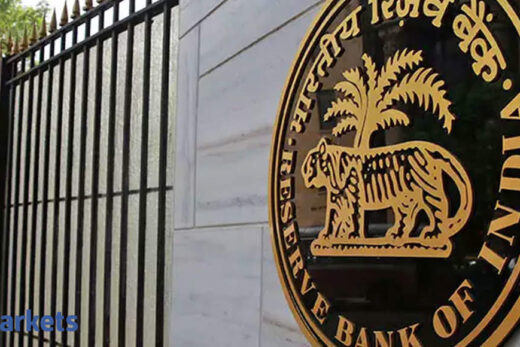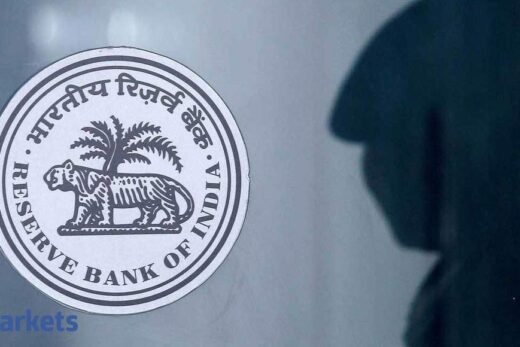This is the backdrop against which RBI’s Monetary Policy Committee (MPC) members are set to meet to decide the way forward for money policy in the economy.
As the pandemic completes its maiden anniversary, apprehensions with respect to the second wave of infection and the possible restrictions it can invite have surfaced in India. As on March 30, ~4% of India’s population had received at least one dose of the vaccine. But the number of active cases continued to rise, which certainly cannot go unnoticed by the policy makers.
While we have seen a pickup in economic activity, the momentum seems to have moderated a tad. IIP growth post the unlock phase (between September 2020 and January 2021) has on an average been ~0.60%. In that, the recovery has been quite patchy too.
Inflation (headline CPI), too, has been within RBI’s comfort zone after eight consecutive months (April – November 2020) of breach of the upper threshold at 6%. RBI’s own forecast shows the headline CPI may average at 5.1% in H1 and 4.3% in Q3 of FY22. Also, the inflation targeting framework (4% mid-point CPI) has been maintained for the next five years, which does offer comfort to some extent.
On the liquidity front, RBI seems to be in no hurry to withdraw excess money from the system. It has stated in the past that the space created by CRR (cash reserve ratio) reversal can be offset by OMO (open market operations) bond purchases to reduce the gap in demand supply. There is no doubt that the growth-inflation dynamics requires policy support, more so in the current phase when Covid cases are on the rise.
Usually policies like these, where the consensus view could be the most likely policy outcome, are largely non-events. But this policy does assume significance given the backdrop in which it is being presented.
First, we feel the accommodative bias is here to stay. Accommodation need not mean rate cuts; here it means an extended pause to support the growth recovery process.
Secondly, the bond markets would want to see something more tangible on the OMO front, as that would be key to anchoring bond demand in the coming weeks. There is a high chance that RBI would reiterate its quantum of OMO purchase to ensure an orderly evolution of the yield curve. For now, status quo with pro-growth comments would be good to anchor the yields at current levels. Incremental appetite for government bonds is not very high, hence explicit statements, if any, could work wonders for bonds.
Thirdly, it is the first policy in financial year 2021-22 and, hence, some broader guidance on long-term rate/inflation trajectory could be expected. After all, it indeed takes two to tango – the government and the central bank – to support growth
(Lakshmi Iyer is Chief Investment Officer (Debt) & Head of Products at Kotak Mahindra AMC. Views are her own)



